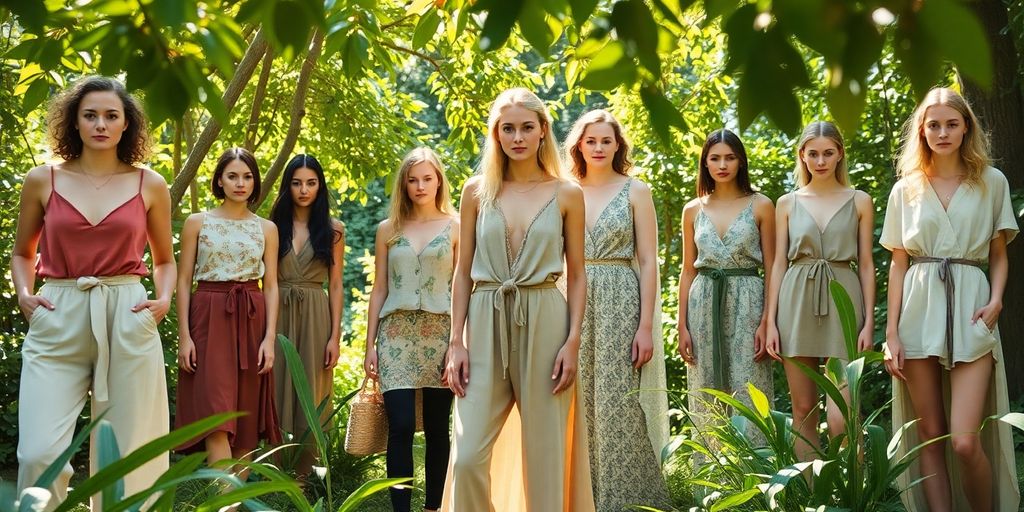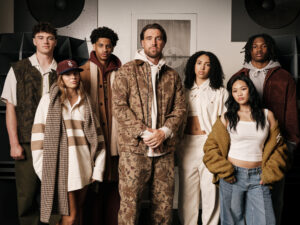The fashion industry is at a pivotal moment as it grapples with the pressing need for sustainability. With events like New York Fashion Week showcasing innovative designs and eco-conscious practices, the dialogue around fast fashion and its environmental impact is more relevant than ever. Designers are increasingly challenged to balance creativity with responsibility, leading to a transformative shift in how fashion is produced and consumed.
Key Takeaways
- Fast fashion contributes significantly to environmental degradation.
- The rise of slow fashion promotes sustainable consumption.
- Major brands are beginning to adopt eco-friendly practices.
The Environmental Impact of Fast Fashion
Fast fashion has revolutionized the clothing industry, allowing consumers to purchase trendy items at low prices. However, this model has severe environmental consequences:
- Carbon Emissions: The apparel and footwear industries account for approximately 10% of global greenhouse gas emissions, surpassing emissions from the airline and maritime industries combined.
- Textile Waste: A staggering 85% of clothing ends up in landfills or is incinerated, with Americans discarding an average of 81 pounds of clothing annually.
- Water Consumption: The fashion industry is a major water consumer, using around 93 billion cubic meters of water each year, with the production of a single pair of jeans requiring about 10,000 liters.
The Rise of Slow Fashion
In response to the environmental crisis, the slow fashion movement is gaining traction. This approach emphasizes:
- Quality Over Quantity: Encouraging consumers to invest in durable, timeless pieces rather than disposable fashion.
- Sustainable Materials: Brands are increasingly using eco-friendly fabrics and recycled materials.
- Conscious Consumption: Educating consumers about the impact of their purchasing decisions and promoting second-hand shopping.
Innovations at Fashion Week
Recent events, such as New York Fashion Week, have highlighted the industry’s shift towards sustainability. Designers like Marc Jacobs are leading the charge with innovative collections that prioritize eco-consciousness:
- Multi-Dimensional Beauty: Jacobs’ latest collection features beauty elements that celebrate individuality and creativity, moving away from traditional beauty standards.
- Sustainable Practices: Many designers are now incorporating sustainable materials and ethical production methods into their collections, showcasing a commitment to reducing their environmental footprint.
The Future of Fashion Sustainability
Looking ahead, the fashion industry faces both challenges and opportunities:
- Collaboration with Suppliers: Brands that work closely with suppliers on sustainability initiatives can significantly reduce their carbon emissions.
- Consumer Demand for Transparency: As consumers become more aware of the environmental impact of their purchases, they are demanding greater transparency from brands regarding their practices.
- Growth of Second-Hand Market: The second-hand clothing market is projected to grow, potentially accounting for 10% of global sales by 2025, indicating a shift in consumer behavior towards more sustainable options.
In conclusion, the fashion industry is at a crossroads, with sustainability becoming a central theme in design and production. As brands adapt to these changes, the future of fashion looks promising, with a focus on environmental responsibility and ethical practices.











